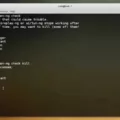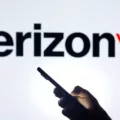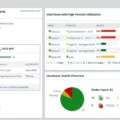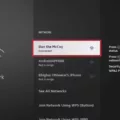In today’s internet-driven world, businesses depend heavily on high-speed and reliable internet connections to operate efficiently. With the increasing demand for Internet connectivity, traditional broadband services may not be sufficient for businesses that require constant and stable Internet access. This is where leased lines come in as the ultimate solution for businesses that require a fast and reliable internet connection.
What is a Leased Line?
A leased line is an exclusive, dedicated, and symmetric data connection that is rented by a business from a service provider. Unlike broadband connections, leased lines have a fixed bandwidth that is not shared with other users, providing a consistent and stable connection speed. Leased lines are commonly used for critical business operations such as data backup, video conferencing, cloud computing, and other bandwidth-intensive applications.
How to Get a Leased Line?
Getting a leased line for your business may seem like a daunting task, but it can be a straightforward process if you follow the steps below.
1. Determine Your Business Needs
Before you start looking for a leased line provider, you need to determine the bandwidth requirements of your business. This will depend on the number of employees, the type of applications used, and the amount of data transmitted. Once you have a clear understanding of your business needs, you can choose the right leased line package that meets your requirements.
2. Choose a Provider
When choosing a leased line provider, consider factors such as reliability, customer support, and pricing. Look for providers that offer Service Level Agreements (SLAs) that guarantee uptime and response times. Also, consider the provider’s reputation in the industry and read reviews from other businesses that have used their services.
3. Decide on the Location
Once you have chosen a provider, you need to decide on the location where the leased line will be installed. This will depend on the physical location of your business and the availability of the provider’s network in your area. The provider will then install the leased line at your chosen location.
4. Installation and Configuration
The installation of a leased line requires a new circuit to be installed between your premises and the provider’s network. This process can take anywhere between 30-90 days depending on your location and requirements. Once the circuit is installed, the provider will configure the connection and test it to ensure that it is working correctly.
Leased lines offer a superior internet connection for businesses that require high-speed and reliable internet access. By following the steps above, you can get a leased line that meets your business needs. Remember to choose a reputable provider that offers the best service and support for your business.

How Long Does It Take To Get A Leased Line?
The installation time for a leased line can vary depending on your location and specific requirements. Typically, it can take anywhere from 30-90 days to get a leased line installed. This is because the installation process involves setting up a completely new circuit and connecting it to both your location and your provider’s network. The process can be complex and may require significant labor and resources to complete. It’s important to factor in this installation time when planning for your business needs and ensure that you work with a reliable provider who can keep you informed throughout the process.
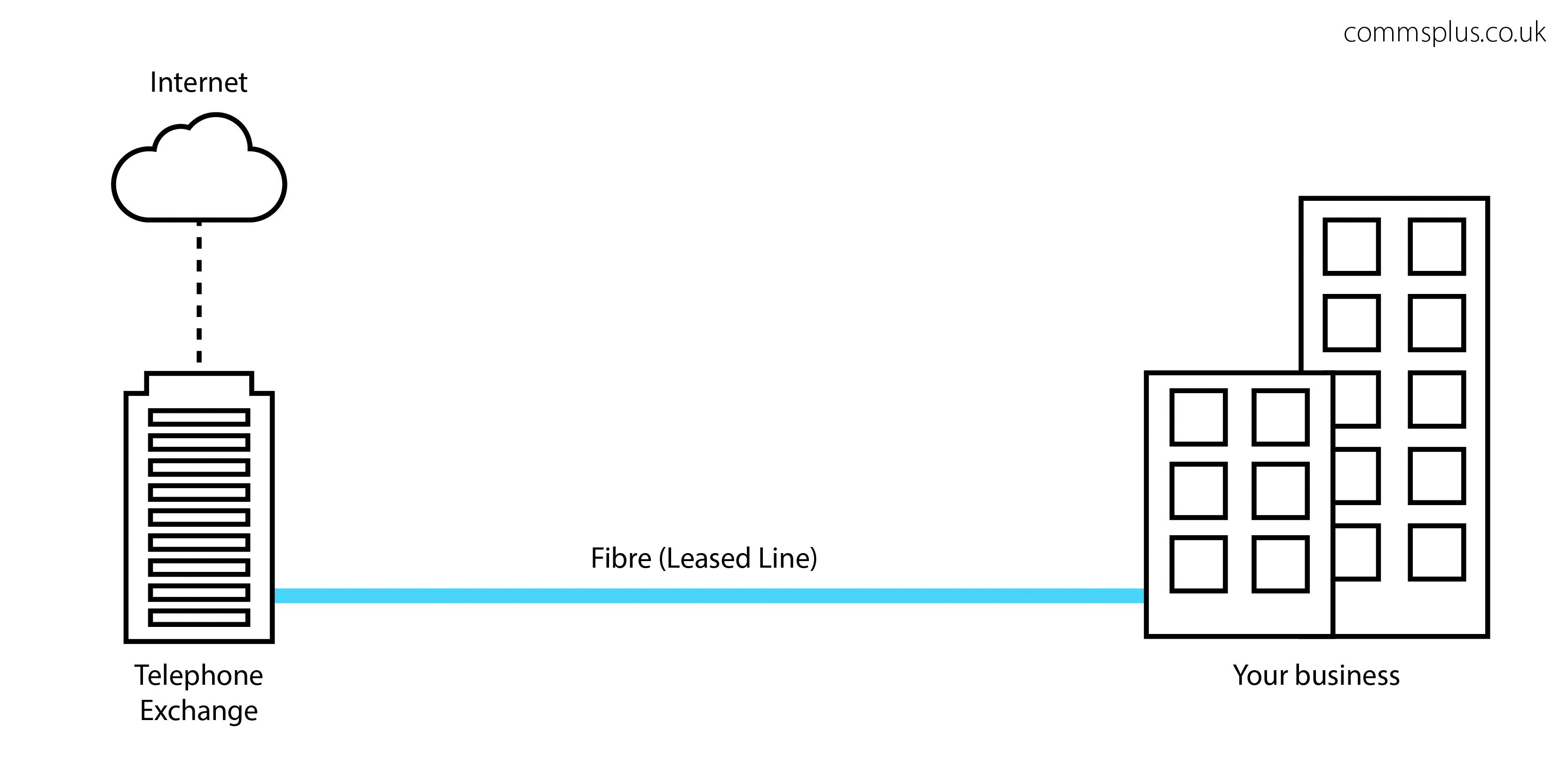
Is A Leased Line Worth It?
A leased line is worth it for businesses that require a fast and reliable internet connection. Unlike broadband, leased lines offer dedicated bandwidth, meaning that the internet connection is not shared with other users. This ensures that businesses have access to a consistently high-speed internet connection with low latency and minimal downtime.
Leased lines also offer superior security, as data is transmitted over a private network rather than the public internet. This reduces the risk of cyber-attacks and data breaches, which is especially important for businesses that handle sensitive data.
While leased lines are more expensive than broadband, the benefits they offer make them a worthwhile investment for businesses that require a high-speed and secure internet connection. Additionally, many leased line providers offer service level agreements (SLAs) that guarantee minimum levels of performance and uptime, providing businesses with peace of mind that their internet connection will not let them down.
If your business requires a fast, reliable, and secure internet connection, then a leased line is definitely worth the investment.
How Does A Leased Line Work?
A leased line is a dedicated, private, and fixed-bandwidth connection between two points. It is a telecommunications service that is rented from a service provider for a contractual period, usually on a monthly basis. The connection is always switched on and provides a direct link between the two points, which ensures that the bandwidth is fully dedicated to the user’s use.
The leased line works by providing a direct connection between two points, such as between a company’s headquarters and its branch office, or between a data center and a cloud service provider. The connection is established using a physical cable or fiber-optic line, which is installed and maintained by the service provider.
Once the leased line is established, the bandwidth is entirely dedicated to the user’s use, which means that the connection is not shared with any other users or applications. This ensures that the user has access to the full bandwidth at all times, without any fluctuations in speed or quality.
Leased lines are commonly used by businesses that require high-bandwidth and reliable connectivity for mission-critical applications, such as voice and video conferencing, cloud computing, and remote access to data and applications. The cost of a leased line depends on the distance between the two points, the bandwidth required, and the service provider’s pricing model.
A leased line is a dedicated and private connection between two points that provides reliable and consistent bandwidth for critical business applications. It is rented from a service provider on a contractual basis and is established using a physical cable or fiber-optic line.
How Do You Install A Leased Line?
To install a leased line, the first step is to choose an Internet Service Provider (ISP) that provides leased line services. Once the ISP is selected, the business needs to finalize the leased line plan based on its requirements. The business needs to provide the ISP with details like the bandwidth required, the location of the circuit, and any specific requirements that need to be considered during installation.
The ISP will then send a team to the business location to install the leased line circuit. The team will first survey the location to determine the best route for the leased line and identify any potential obstacles or challenges. Once the survey is completed, the team will install the circuit and configure it to ensure it is working correctly.
The installation process typically involves laying cables, installing routers and switches, and configuring the network settings. The ISP team will also conduct tests to ensure the leased line is working correctly and meets the bandwidth requirements specified by the business.
Once the installation is complete, the ISP will provide the business with the necessary documentation, including the circuit diagram and a Service Level Agreement (SLA) that outlines the terms and conditions of the leased line service. The business can then begin using the leased line for its internet and data needs.
Conclusion
A leased line is an excellent option for businesses that require a fast, reliable, and dedicated internet connection. Although the installation process can take anywhere from 30-90 days, the benefits of having an exclusive and allocated circuit between two points of communication outweigh the wait time. Leased lines offer superior speed, security, and reliability compared to other internet options, making it the perfect choice for businesses that rely heavily on internet connectivity. leased lines are worth the investment for businesses that require a dependable and high-performing internet connection.




